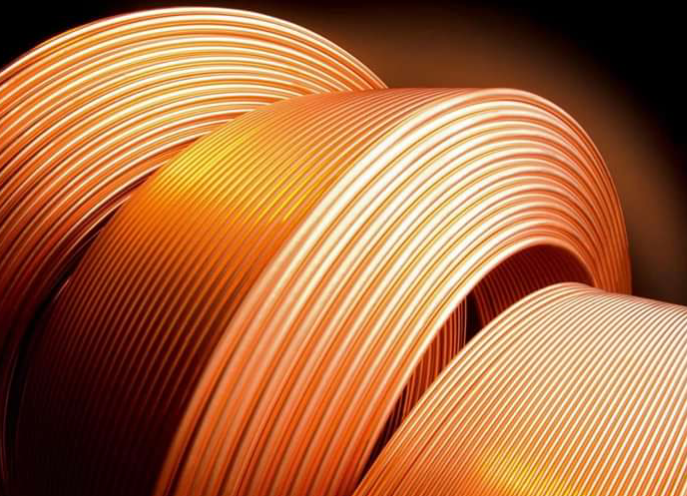
When it comes to installing an air conditioning system, many factors need to be considered to ensure optimal performance and efficiency. One critical aspect is the selection of the right copper pipe sizes. The choice of copper pipes for your air conditioning installation can have a significant impact on the overall performance of the system. In this article, we will go into the importance of copper pipe sizes and provide insights into choosing the right ones for your AC installation.
Role of Copper Pipes in Air Conditioning
Copper pipes play a crucial role in the functionality of air conditioning systems. They are responsible for carrying refrigerant, which is essential for the heat exchange process that cools and dehumidifies the air in your home. The right copper pipe sizes ensure that refrigerant flows efficiently, reducing energy consumption and ensuring a comfortable indoor climate.
Selecting the appropriate copper pipe sizes for your air conditioning installation is not a one-size-fits-all decision. Several factors need to be taken into account to make an informed choice:
1. Capacity and Cooling Load:
The cooling load of your air conditioning system is directly related to the size of your space and the climate conditions in your region. Larger spaces and hotter climates may require larger copper pipes to handle the increased refrigerant flow necessary for efficient cooling.
2. Refrigerant Type:
Different air conditioning systems use different types of refrigerants, each with its specific properties and requirements. Be sure to choose copper pipe sizes compatible with the refrigerant used in your AC unit.
3. Line Length and Elevation:
The distance between the indoor and outdoor units, as well as any elevation changes in the piping, can affect the choice of copper pipe sizes. Longer lines may require larger pipes to maintain proper refrigerant flow.
4. Manufacturer’s Guidelines:
Always refer to the manufacturer’s guidelines and specifications for your air conditioning unit. Manufacturers often provide recommendations for the ideal copper pipe sizes to ensure optimal performance.
5. Pressure Drop:
Copper pipe sizes also impact pressure drop, which can affect the efficiency of the air conditioning system. A larger diameter pipe can reduce pressure drop, ensuring that the refrigerant circulates effectively.
Common Copper Pipe Sizes for Air Conditioning
Copper pipe sizes are typically categorized based on their outer diameter (OD) and wall thickness. In air conditioning installations, the most commonly used copper pipe sizes are:
– 1/4-inch OD: This size is often used for smaller air conditioning units and systems with low cooling loads.
– 3/8-inch OD: This size is a standard choice for residential air conditioning systems and is suitable for moderate-sized spaces.
– 1/2-inch OD: Larger residential systems and some commercial installations may use 1/2-inch copper pipes for increased refrigerant flow.
– 5/8-inch OD: This size is common in commercial and larger residential systems where greater capacity is required.
Benefits of Choosing the Right Copper Pipe Sizes
Selecting the correct copper pipe sizes for your air conditioning installation offers several benefits:
1. Energy Efficiency:
Properly sized pipes reduce friction and pressure drop, leading to energy savings and lower operating costs.
2. Improved Cooling Performance:
The right pipe sizes ensure that the refrigerant flows efficiently, resulting in better cooling performance and quicker temperature control.
3. Extended System Lifespan:
Reduced stress on the system components, such as the compressor, helps extend the lifespan of your air conditioning unit.
4. Lower Maintenance Costs:
When the system operates efficiently, there is less wear and tear on components, reducing the need for maintenance and repairs.
Choosing the right copper pipe sizes for your air conditioning installation is a critical decision that can significantly impact the performance, energy efficiency, and lifespan of your system. Consider factors such as capacity, refrigerant type, line length, and manufacturer recommendations when making your choice. Additionally, consult with a qualified HVAC professional to ensure that your installation meets the specific requirements of your space and climate conditions. By taking these steps, you can enjoy a comfortable and energy-efficient indoor environment for years to come.

Leave a Reply